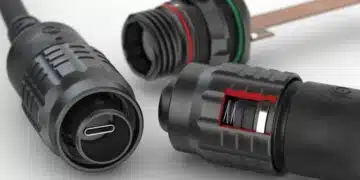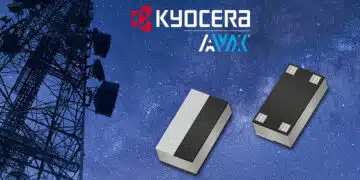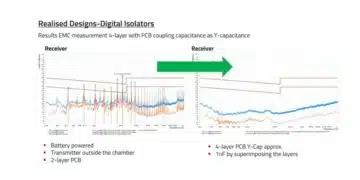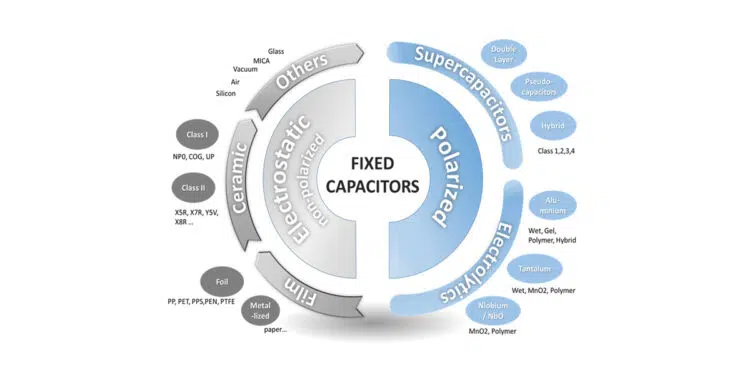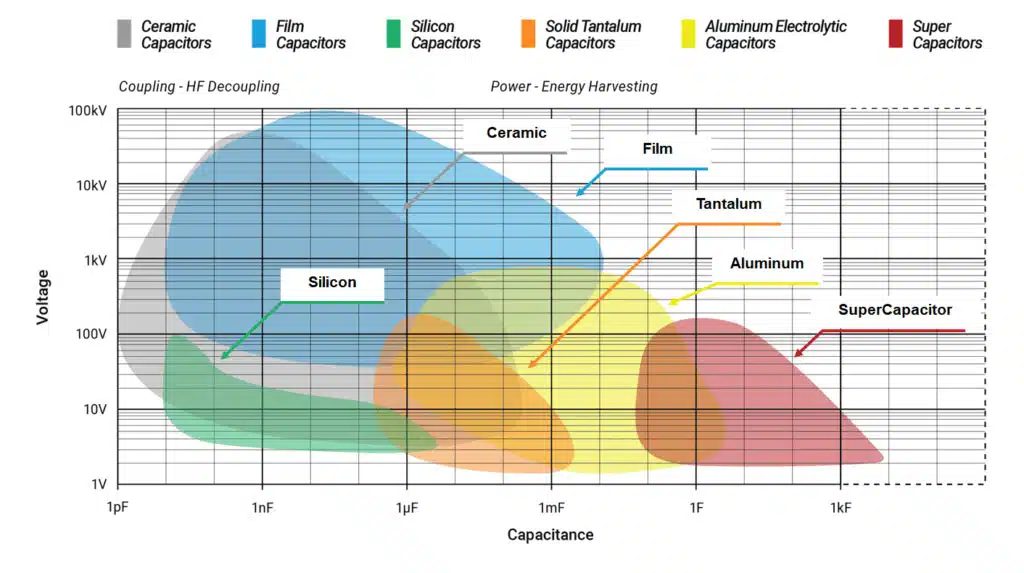The article provides a quick capacitor technologies overview and their main position on voltage / capacitance range.
There are multiple views possible how to sort and split capacitor technologies. The major group of fixed (non-variable) capacitors can be divided into two major groups depending to if the capacitors are polarized (with plus positive and minus negative electrodes) or non-polarized.

Non-polarized capacitors are closer to a simple capacitor model M-I-M (metal – insulator – metal) dominated by electrostatic charge storage and thus it can be also called “electrostatic” capacitors. See featured figure 1 chart fix capacitor types.
Ceramic capacitors are leading miniaturization, downsizing and dominating the market share. The right charts are based on sales VALUE, but if we have these charts in sales VOLUME ceramic capacitors would occupy up to 80% of market share of all capacitors made, on the other hand more expensive tantalum capacitors would shrink its share in volume terms.
The biggest dynamic exhibits supercapacitors, its market share in 2015 was negligible, while 2017 share reach 2% and continue to grow.
Capacitor Technologies
We can split fixed capacitor technologies further into the three main groups that substantially differ in its construction and features:
- Electrostatic Capacitors
- Electrolytic Capacitors
- Supercapacitors (electrochemical capacitors)
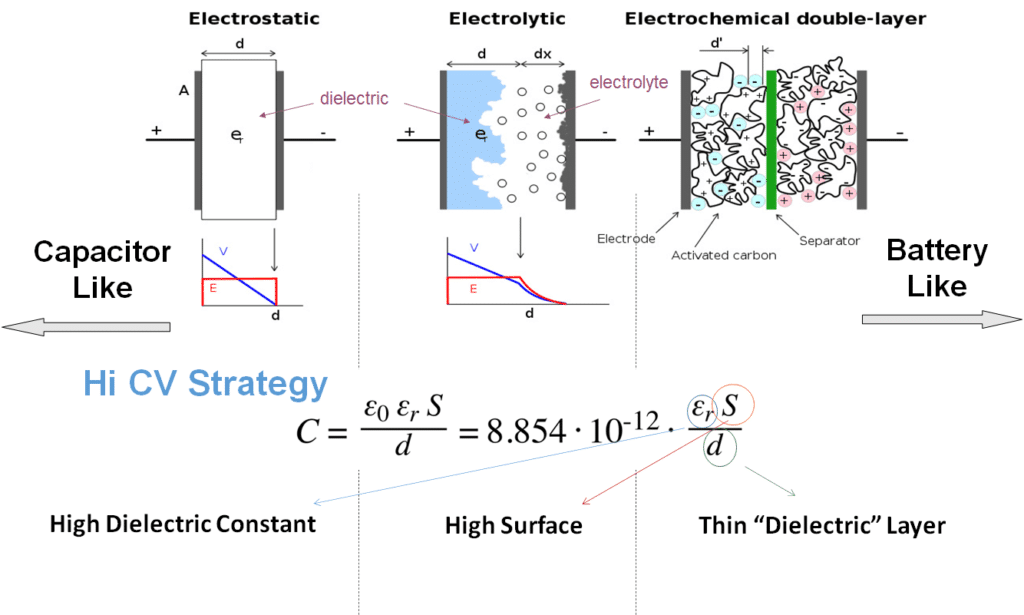
These are the “typical” capacitors as we can imagine on the first moment with a “conventional” construction Metal – Insulator – Metal consisting two electrodes separated by a dielectric material. The capacitor are non-polar so it does not matter how these are connected to the circuit and it can be also used at AC voltage (just note AC and DC voltage range may differ as we discussed in the first part of the course). High capacitance value is achieved by selection of materials with high permittivity (ceramic class II materials). High withstand voltage is achieved by selection of dielectric materials with high dielectric strength (organic film materials) – but of course permittivity and capacitance is lower.
These capacitors are achieving very high capacitance values due to formation of very high surface of electrode. Such very fine, etched/micro porous high surface area is however very difficult to contact from the second side, thus a conductive medium-electrolyte is used to enable electrical contact to such surface. Downsize of this configuration is that it works in one direction – so these are polar DC devices, the internal structure has higher losses that also may impact its frequency and temperature dependency.
Supercapacitors are in fact not “true capacitors” but a structure with features between capacitors and batteries. There is no classical dielectric layer, its capacitance is created by a charge on electrode interface. The charge is accumulated just within few atomic layers and thus the “virtual dielectric” is very thin resulting in huge capacitance value. However – the structure is limited to cell voltage (between 0.8 and 3V typically) and it is only DC with limited AC operation. Thus it is suitable as DC energy storage capacitor but it can not be used like AC filtering capacitor in DC/DC converters.
Capacitor Technologies Capacitance versus Voltage Capabilities
Finally for the introduction here is an overview of capacitance versus voltage capability of the main capacitor technologies in mass volume market:






